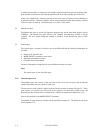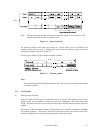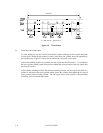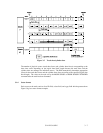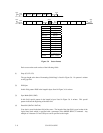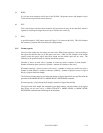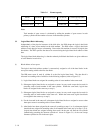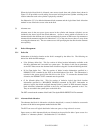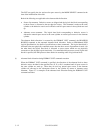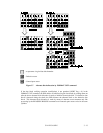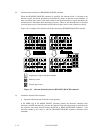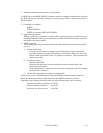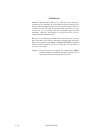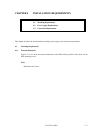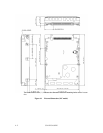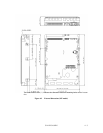C141-E134-01EN3 - 12
The INIT can specify the size and area for spare sectors by the MODE SELECT command at the
time of the initialization of the disk.
Both of the following are applicable to the alternate block allocation.
• Sector slip treatment: Defective sectors are skipped and the logical data block corresponding
to those sectors is allocated to the next physical sectors. This treatment is made on the same
cylinder as the defective sector's and is effective until all spare sectors in that cylinder are used
up.
• Alternate sector treatment: The logical data block corresponding to defective sectors is
allocated to unused spare sectors in the same cylinder or unused spare sectors in the alternate
cylinder.
The alternate block allocation is executed by the FORMAT UNIT command, the REASSIGN
BLOCKS command, or the automatic alternate block allocation. Refer to OEM Manual–SCSI
Logical Specifications–for details of specifications on these commands. The logical data block is
allocated to the next physically continued sectors after the above sector slip treatment is made. On
the other hand, the logical data block is allocated to spare sectors which are not physically
consecutive to the adjacent logical data blocks. If a command which processes several logical data
blocks is specified, the IDD processes those blocks in ascending order of logical data block.
(1) Alternate block allocation during FORMAT UNIT command execution
When the FORMAT UNIT command is specified, the allocation of the alternate block to those
defective sectors included in the specified lists (P, G, or D) is continued until all spare sectors in
the same cylinder are used up. When they are used up, unused spare sectors in the alternate
cylinder are allocated to the subsequent sectors in the cylinder by means of alternate sector
treatment. Figure 3.7 is examples of the alternate block allocation during the FORMAT UNIT
command execution.



